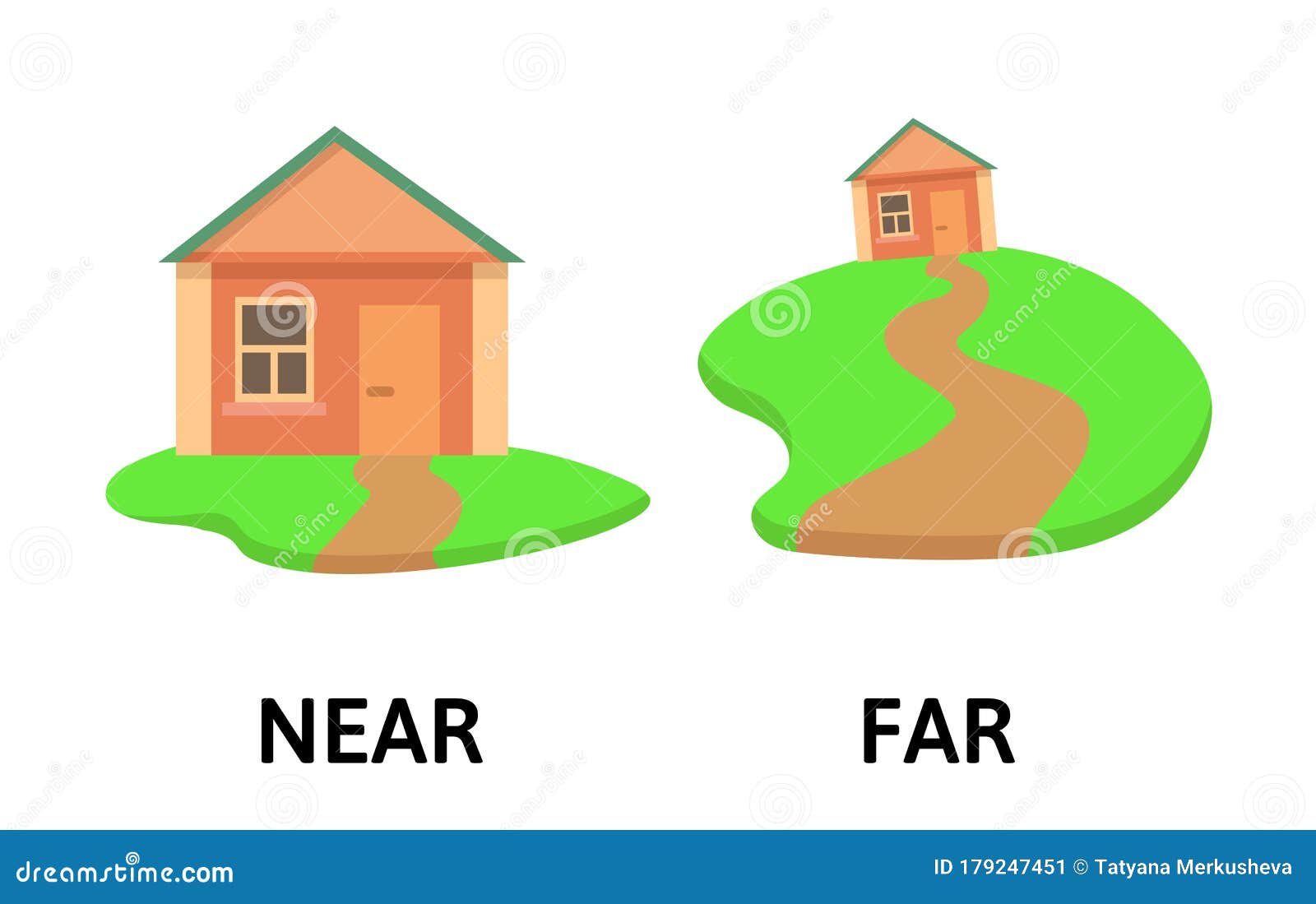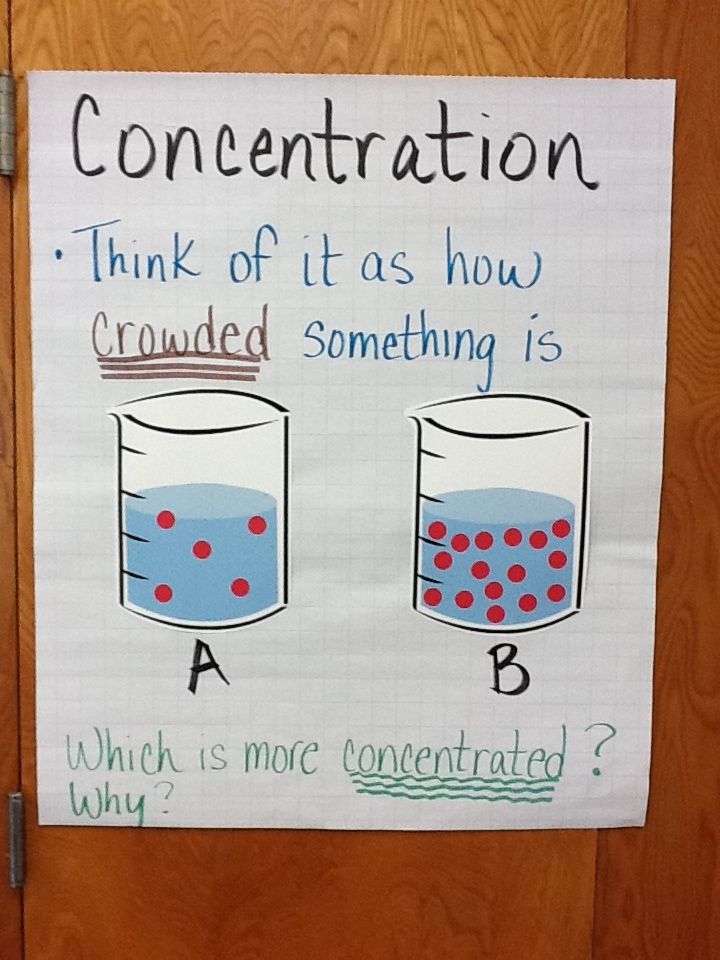The Second Industrial Revolution: Power, Progress, and the Rise of Big Business
The Second Industrial Revolution: Reshaping Power and Business
The Second Industrial Revolution, spanning roughly from 1870 to 1914, marked a profound shift in the structure of society, business, and the global economy. Characterized by technological innovation, the expansion of railroads, and the rise of large-scale corporations, this era fundamentally changed the balance of economic power. Many contemporary observers, including artists and satirists, reflected on the consequences-often critiquing the immense influence wielded by big business owners and raising questions about economic inequality and corporate dominance. This article explores these dynamics, their historical context, and actionable guidance for understanding and navigating modern parallels.
1. The Expansion of Railroads and Corporate Management
The rapid growth of the railroad network was a catalyst for the development of America’s first true “big businesses.” Railroads unified distant regions, enabled mass distribution of goods, and created national markets. The completion of the transcontinental railroad in 1869 was a transformative milestone, reducing coast-to-coast travel from months to days and fueling industrial growth across sectors. To manage these vast networks, new hierarchical corporate management structures emerged, introducing specialized departments and salaried executives. These innovations, pioneered by the railroad industry, laid the foundation for the modern American corporation and spread quickly to steel, oil, chemicals, and other industries [1] .
This shift meant that economic power no longer rested solely with individual entrepreneurs but became concentrated in the hands of managerial elites and shareholders. The scale, complexity, and reach of these corporations were unprecedented, fueling concerns about unchecked power and influence.
2. The Rise of Large Corporations and Market Dominance
As industrial companies grew, they sought greater efficiency through mass production and economies of scale. The result was a wave of corporate mergers and consolidations, known as the “great merger movement.” In less than a decade, nearly 20% of the American economy was absorbed by larger firms. By 1901, single corporations such as United States Steel controlled entire industries, with some consolidations dominating more than 70% of their respective markets [2] .

Source: bill.com
This concentration of economic power led to the rise of monopolies and oligopolies, where a handful of business owners could set prices, suppress competition, and influence national policy. Artists and political cartoonists of the era often depicted these “captains of industry”-like John D. Rockefeller and Andrew Carnegie-as wielding outsized control over workers, consumers, and government.
3. Social Impact: Labor, Wealth, and Inequality
While the Second Industrial Revolution enabled remarkable technological progress and improved living standards for many, it also deepened social divisions. The efficiency of mass production transformed the workplace, moving labor from farms to factories, and led to the emergence of a wage-labor system. Yet, the benefits of industrialization were distributed unevenly. Big business owners amassed vast fortunes, while workers often faced harsh conditions, long hours, and limited job security [3] .
This imbalance spurred the growth of labor unions and social welfare movements, as workers organized to demand better pay, safer workplaces, and fair treatment. The tension between corporate interests and public welfare became a central theme of political debate-and artistic critique.
4. The Artist’s Perspective: Critique of Corporate Power
Political cartoons from the era frequently depicted big business owners as “robber barons,” towering over workers and politicians alike. These satirical images often suggested that the Second Industrial Revolution had granted too much power to corporate elites, overshadowing democratic institutions and the interests of ordinary citizens. The artist who created such cartoons would likely have agreed with the statement: “The Second Industrial Revolution gave too much power to big business owners.” Their work served as a visual call to action, encouraging viewers to question the social and ethical implications of unchecked corporate dominance.
5. Accessing Historical and Modern Resources
For those seeking to understand or research the impacts of industrialization and corporate power:
- Academic resources, such as university history departments and online courses, provide in-depth analysis of the Second Industrial Revolution. You can explore comprehensive historical studies through established platforms like JSTOR, or consult official university websites for research publications.
- Museums and historical societies often host exhibitions and archives on industrialization and its cultural impact. The Smithsonian National Museum of American History and the Library of Congress are reputable sources for primary documents and artwork from the period.
- To view political cartoons and artist critiques, consider searching museum collections or major online archives. For example, the Library of Congress Digital Collections includes high-resolution images of historical cartoons and commentary.
When searching for specific resources or opportunities, use keywords such as “Second Industrial Revolution,” “corporate power,” “labor unions,” and “political cartoons.” Always consult official, established sources for accurate information.

Source: typecalendar.com
6. Modern Parallels: Lessons for Today’s Business Leaders
The legacy of the Second Industrial Revolution is highly relevant to current debates about corporate influence, economic inequality, and regulatory policy. Today’s technology giants and multinational corporations face similar scrutiny regarding their market power and impact on society. Business leaders can learn from history by prioritizing ethical practices, transparency, and stakeholder engagement.
If you are interested in pursuing a business career or leadership role, consider enrolling in accredited business programs or seeking mentorship through established industry associations. Look for organizations with strong commitments to social responsibility, diversity, and fair labor practices.
7. Actionable Guidance for Industry Stakeholders
For professionals, students, and policymakers aiming to address corporate power and its social effects:
- Educate yourself on antitrust laws and regulatory frameworks. The Federal Trade Commission (FTC) and the Department of Justice (DOJ) provide official guidance and enforcement updates on competition policy. Visit their official websites for details on current cases and policy initiatives.
- Participate in community forums, webinars, or policy discussions hosted by reputable think tanks and academic centers. These platforms offer opportunities to engage with experts and contribute to ongoing debates about the role of big business.
- Support organizations and advocacy groups focused on economic fairness and labor rights. Many established nonprofits and labor unions offer educational resources, legal assistance, and opportunities for involvement.
- If you are a business owner, implement transparent governance practices and consider stakeholder perspectives in decision-making. Corporate social responsibility programs can help mitigate negative impacts and foster positive relationships with employees and communities.
For specific guidance, always refer to official agency websites, established academic sources, and recognized industry associations. If you are uncertain where to begin, use targeted search terms and verify the credibility of each resource before taking action.
8. Challenges and Alternatives
Addressing the power of big business remains a complex challenge. Regulatory reforms, antitrust enforcement, and public engagement are essential tools but require sustained effort and vigilance. Alternative approaches include fostering innovation in small and medium-sized enterprises, supporting cooperative business models, and encouraging public-private partnerships that prioritize shared value.
Individuals can contribute by staying informed, voting in local and national elections, and advocating for balanced economic policies. Business leaders should consider long-term social impacts alongside profitability, investing in workforce development and ethical supply chains.
Key Takeaways
The Second Industrial Revolution fundamentally reshaped society, business, and the economy, granting unprecedented power to big business owners. While this era brought significant progress, it also sparked debate over economic control and social equity-issues that remain relevant today. By learning from history, accessing verified resources, and engaging with responsible business practices, stakeholders can help build a more balanced and inclusive future.
References
- [1] Brad DeLong (2025). DRAFT: I Get to Talk About the 2nd Industrial Revolution in America.
- [2] Lumen Learning (2021). Industrial Growth and Big Business.
- [3] Richmond Vale Academy (2022). The Second Industrial Revolution: The Technological Revolution.
- [4] Joel Mokyr (1998). The Second Industrial Revolution, 1870-1914.
- [5] Industrial Development (n.d.). Corporations – The Second Industrial Revolution.



